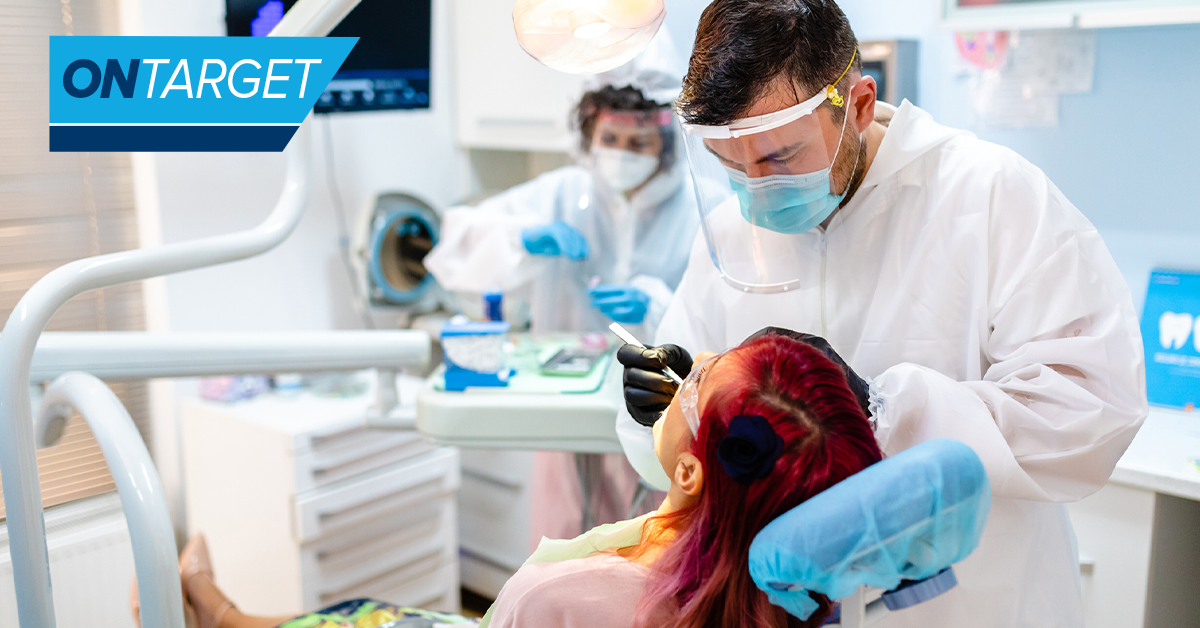While patient safety has long been paramount to modern dentistry, the newest challenges posed by COVID-19 have inspired many practices to review their policies and procedures. The World Health Organization defines patient safety as “the reduction of risk of unnecessary harm associated with healthcare to an acceptable minimum.” As such, the most important challenge when it comes to patient safety is preventing harm during vital treatment and care.
The American Academy of Pediatric Dentistry (AAPD) recognizes patient safety as an important part of overall oral healthcare. That’s why the organization encourages practices to take a closer look at how they ultimately avoid, track and prevent patient safety issues. To help promote patient safety, the AAPD has created the following recommendations:
- Feature patient safety instructions in public areas to help promote patient-centric care.
- Encourage continuing education to maintain knowledge of current regulations, technology and clinical practices.
- Stay in compliance with infection control policies to prevent disease transmission.
- Conduct routine inspections of the practice with patient safety in mind. This includes a periodic review of office emergency and fire safety protocols and clinical equipment inspections.
- Recognize that patient informed consent is essential to maintain best practices and avoid adverse events.
- Maintain accurate patient charts with up-to-date identification.
- Confirm all planned procedures before and during a visit.
- Maintain proper staffing in public areas and examination rooms.
- Standardize and update all procedural guidelines pertaining to patient safety, including protecting a patient’s airway, guarding eyes against foreign objects and minimizing potential injury with protective equipment.
- Promote a culture where staff are empowered to speak up and intervene in matters of patient safety.
By following the above list, your practice will have a solid foundation for creating a culture of safety among your staff. Patients will recognize the little things your practice does during their visit and will feel safer and more comfortable, helping to build a strong patient-provider relationship in the process. These are only a few ways to promote patient safety. It’s important to have a larger plan in place to stay current with the latest infection control measures and guidelines.
Staying up to date on safety guidelines can be challenging, especially during a pandemic. Fortunately, several online resources provide real-time data to ensure patient safety is maintained from the moment someone makes an appointment until well after they leave the office. Bookmark these online safety resources for quick reference:
Occupational Safety and Health Administration (osha.gov) provides dental compliance resources that include training modules and manuals to ensure a safe and healthy workplace. An important focus here is on infection control and environmental safety for patients and workers alike.
American Dental Association (ada.org) regularly updates members with new guidelines related to safety and infection control with a spotlight on COVID-19.
U.S. Department of Health and Human Services (hhs.gov) provides quick links to the most urgent health issues, ranging from prevention and wellness to emergency preparedness, as well as connections to each of its departments, including the CDC.
The American Academy of Pediatric Dentistry (aapd.org) is focused on pediatric dentistry but also provides helpful resources related to patient safety. They also offer printable brochures on a range of topics that can be made available in the office.
The Organization for Safety Asepsis and Prevention (osap.org) is a provider of infection prevention and control education, training and credentialing that supports safe dental visits.
– – –
Content from this blog post originally appeared in the March 2021 edition of OnTarget. Read the latest issue and view current promotions at pattersondental.com/dental/ontarget.



